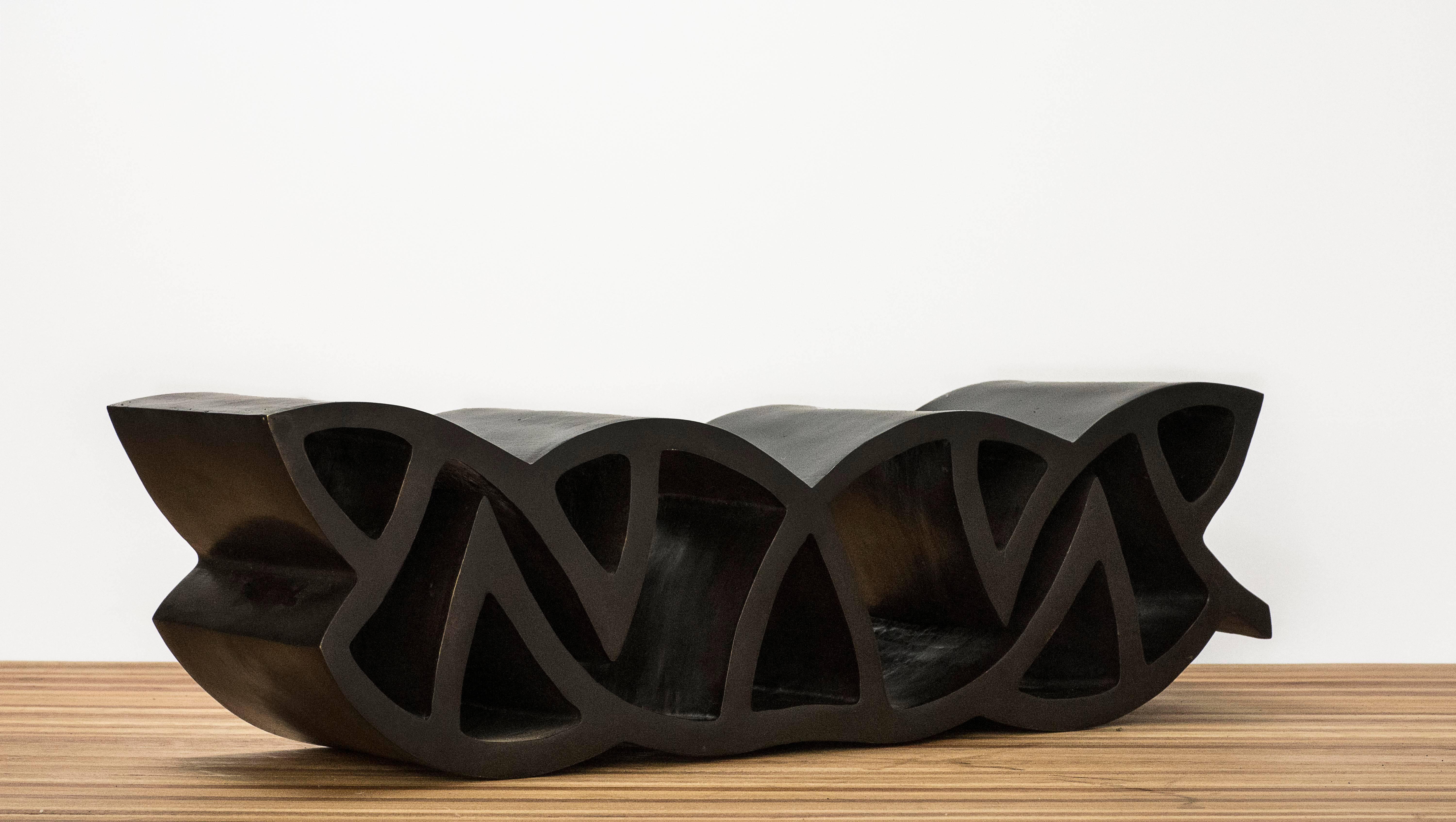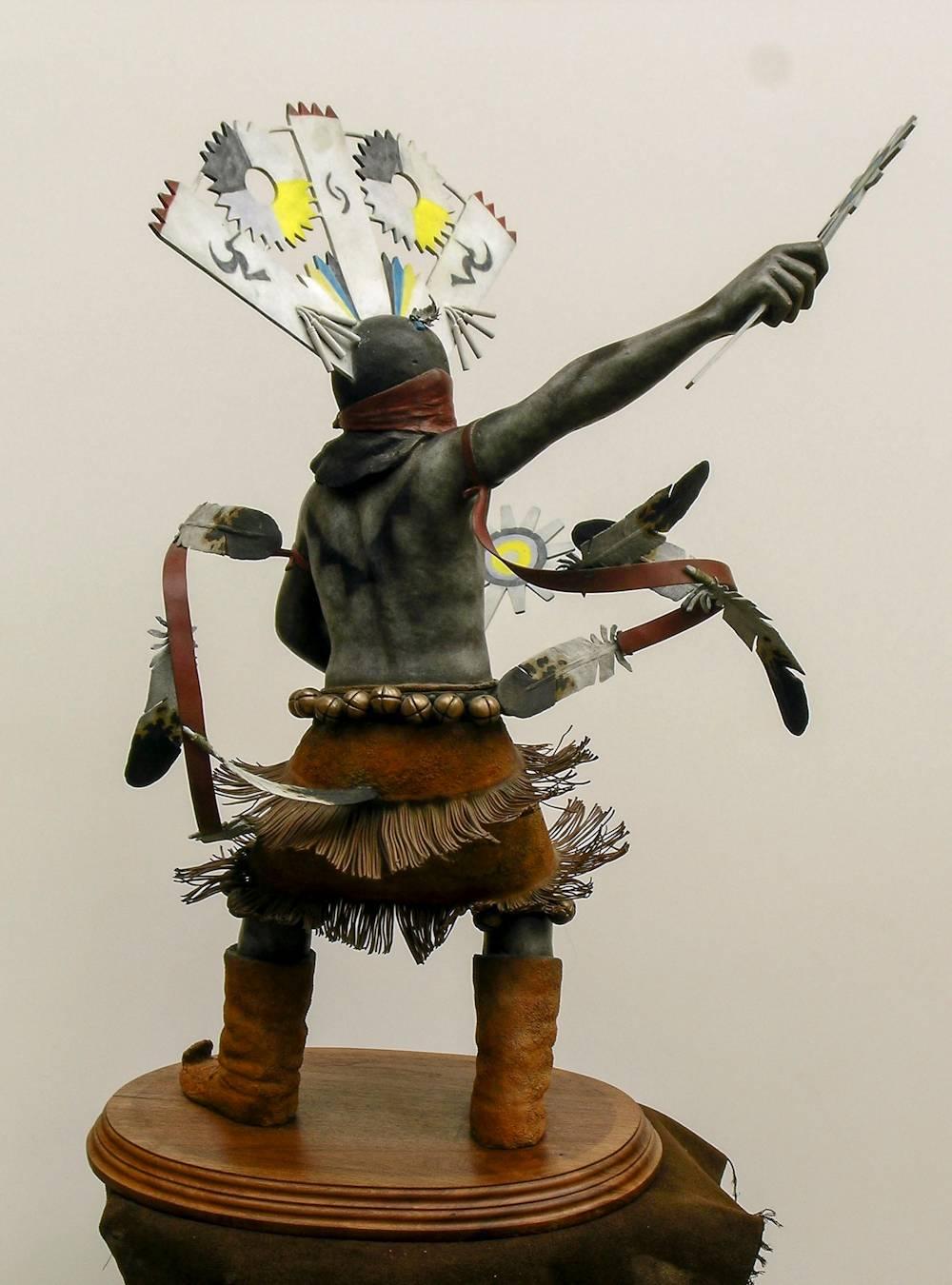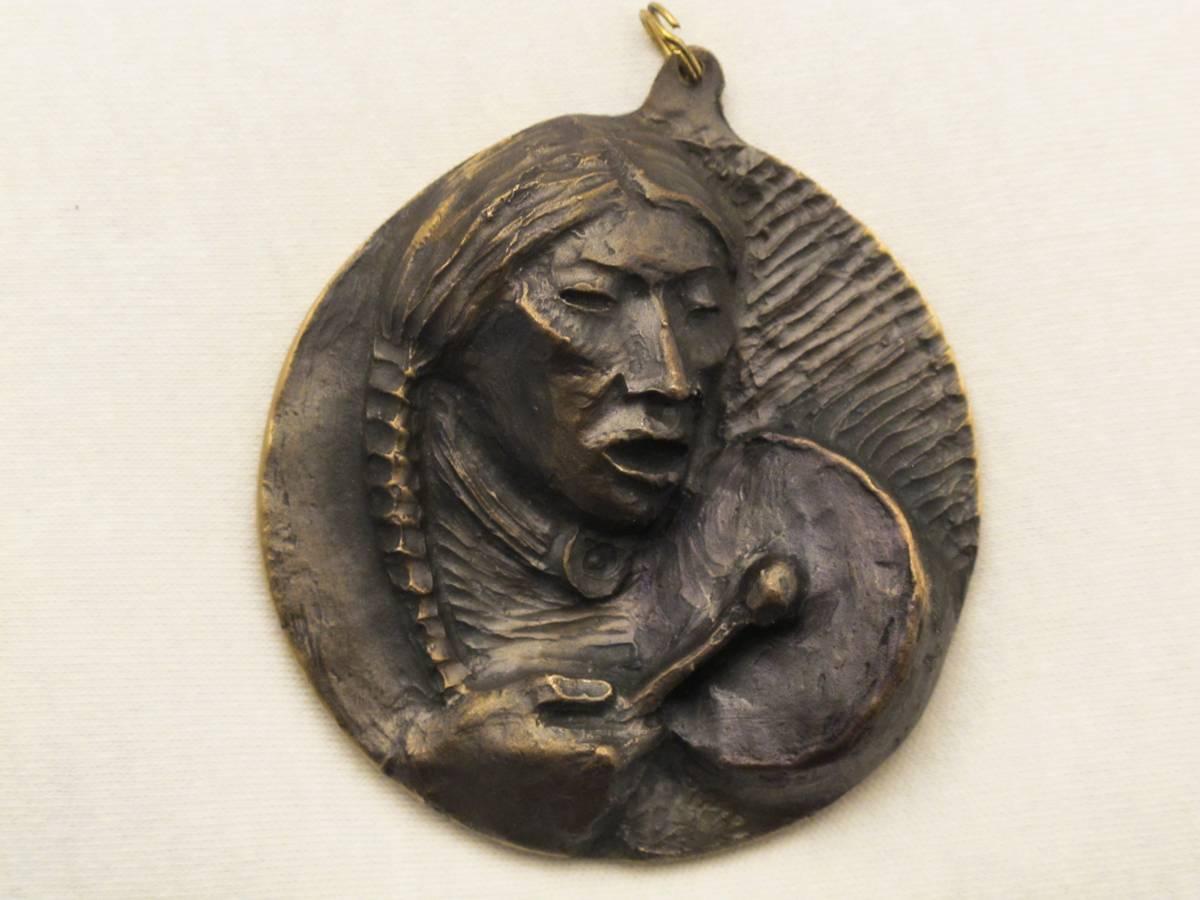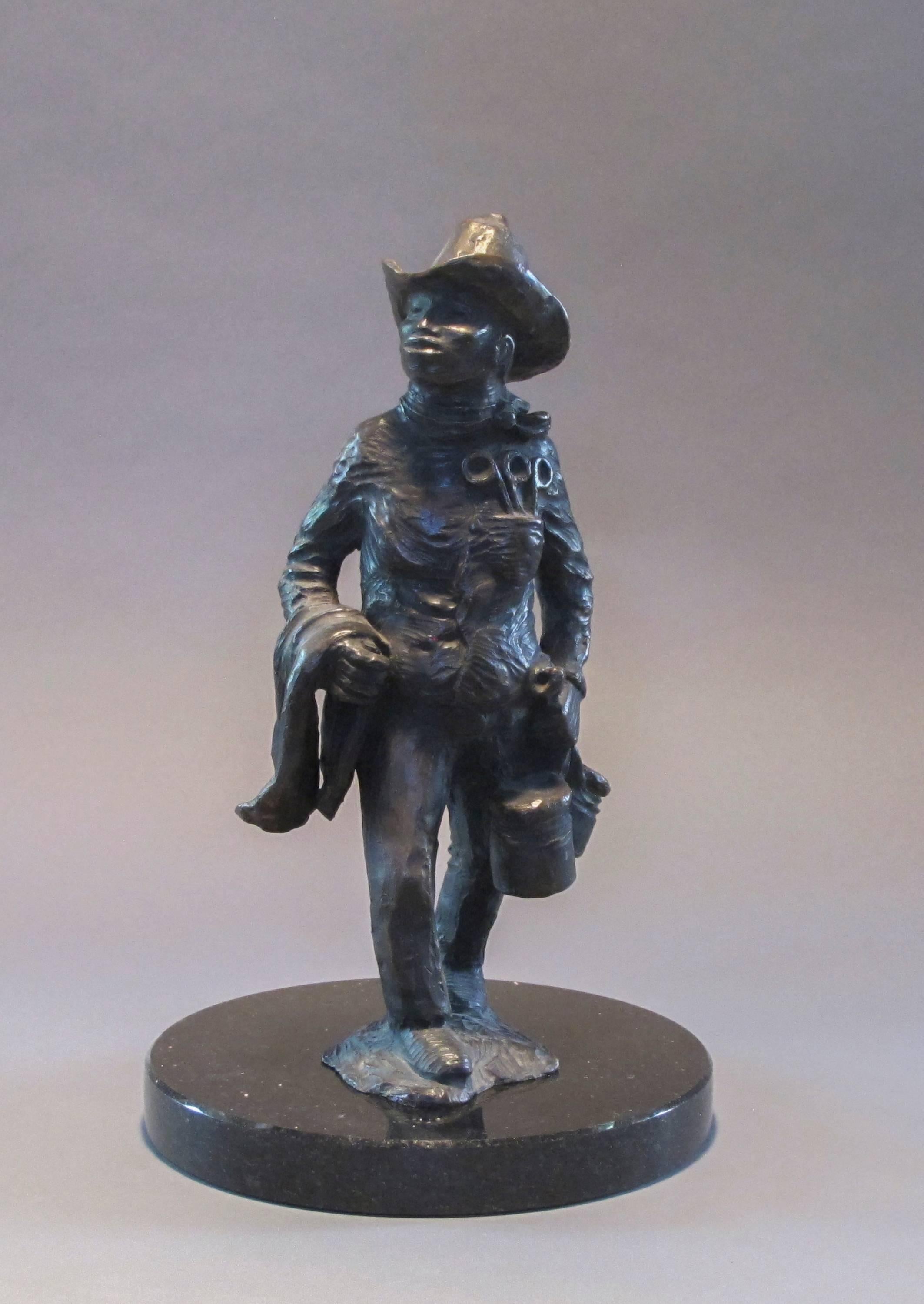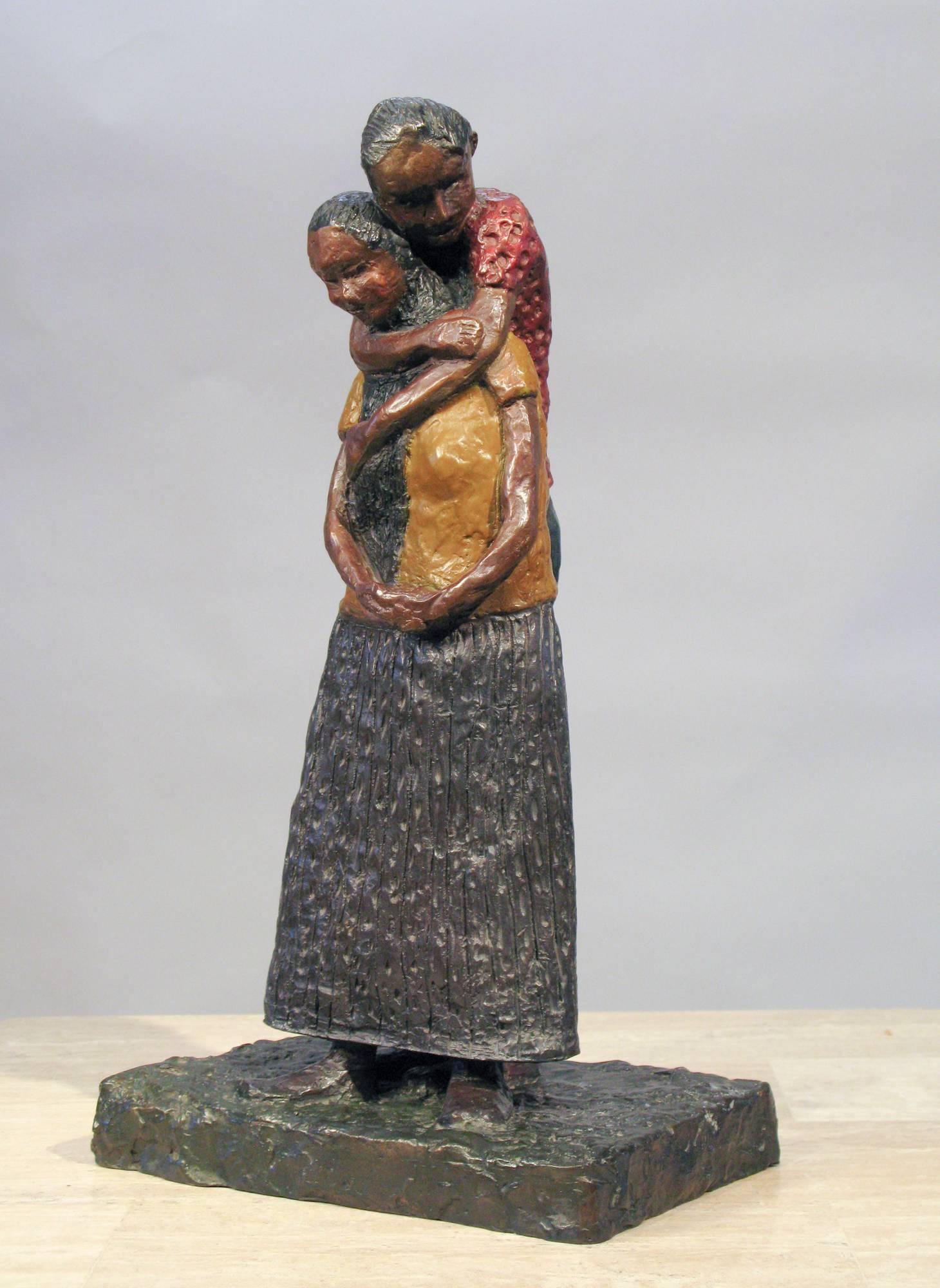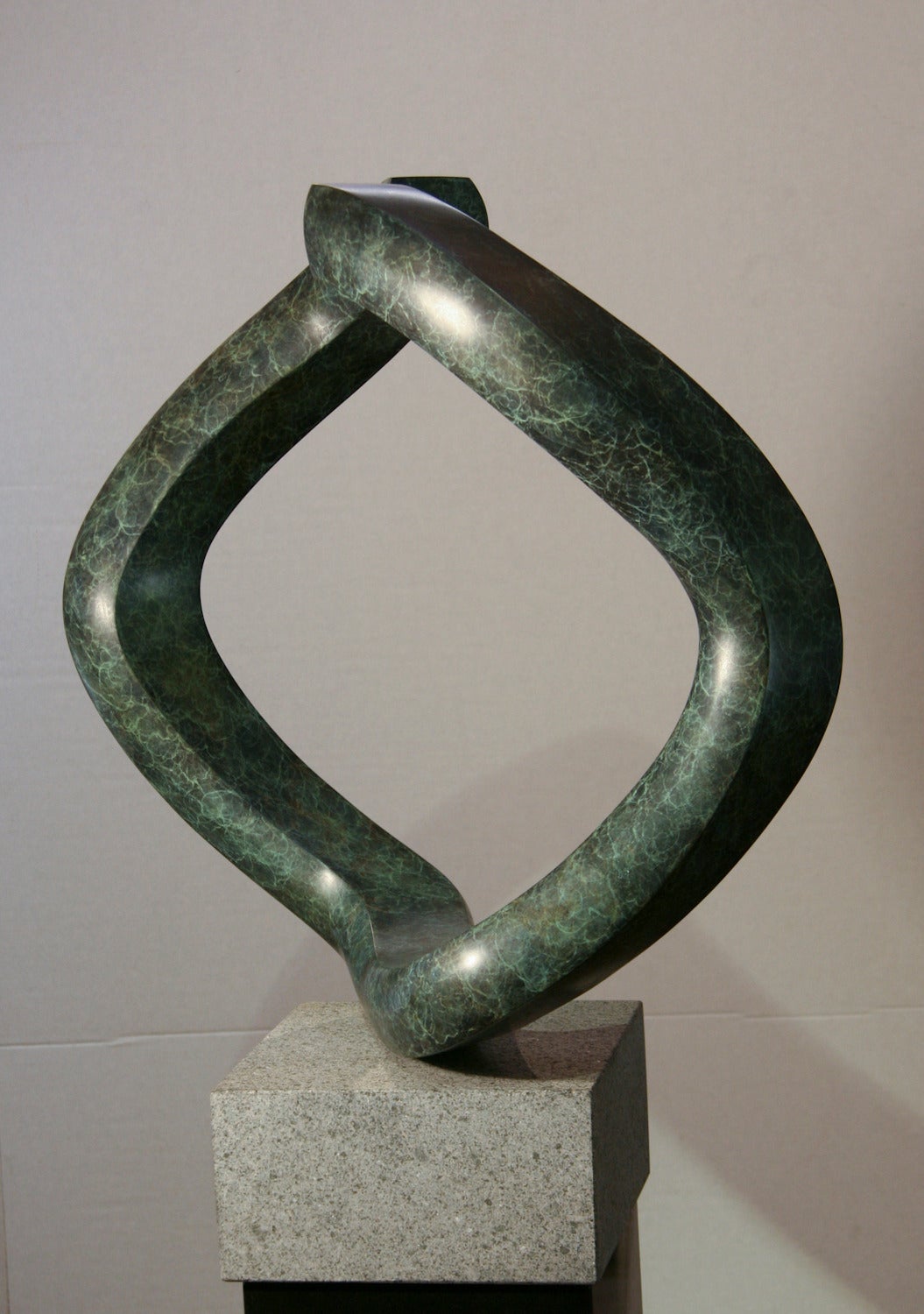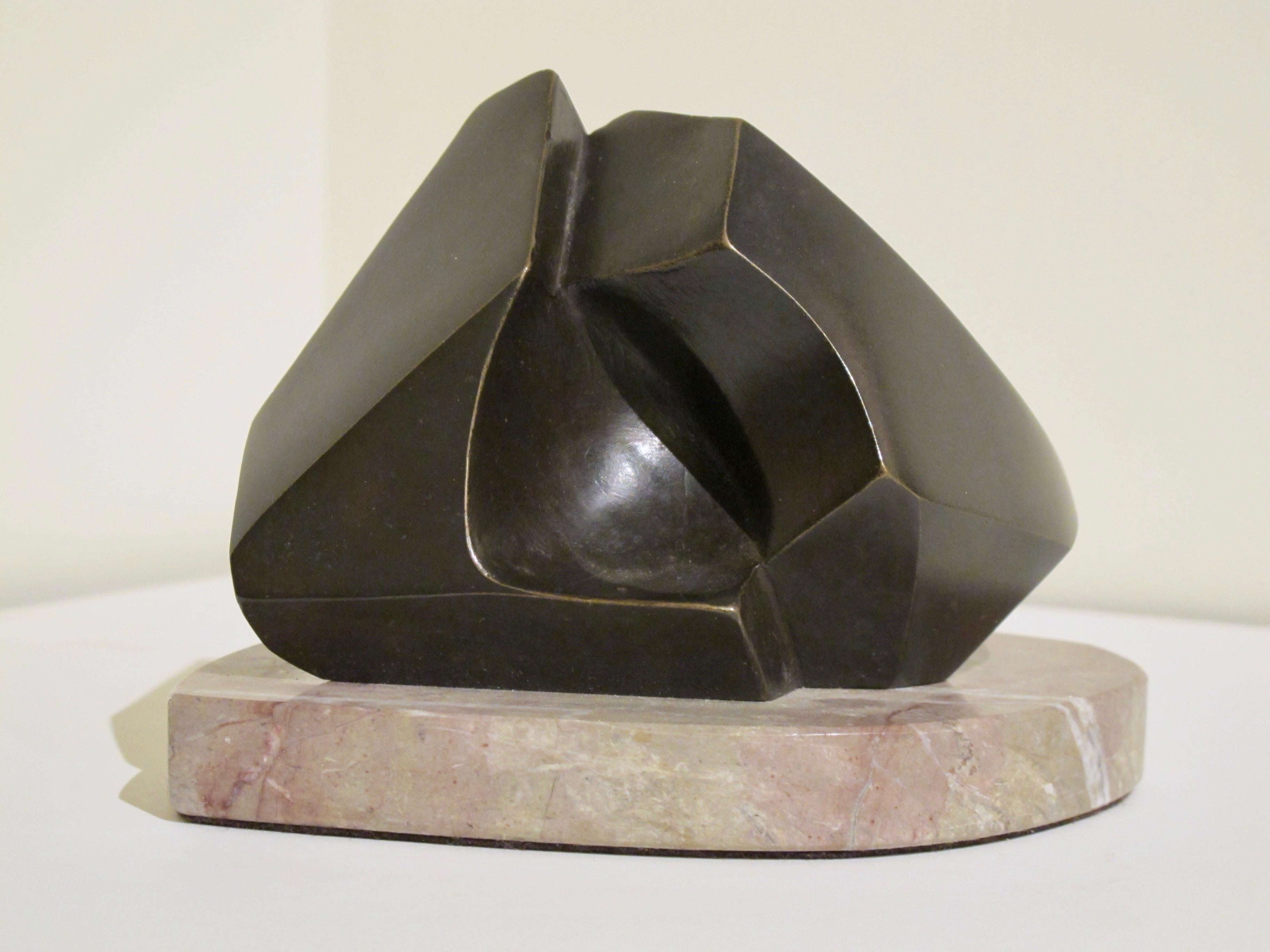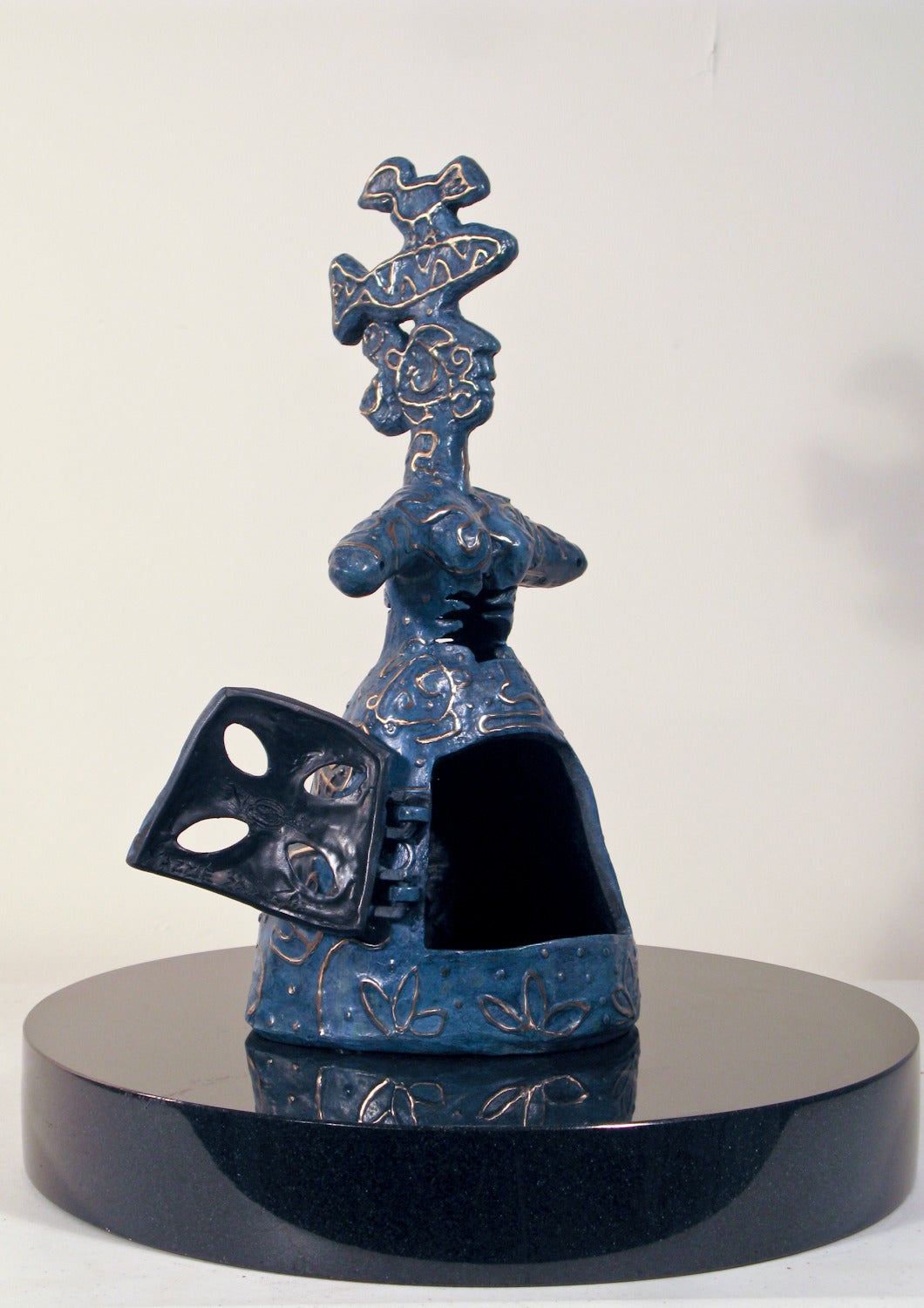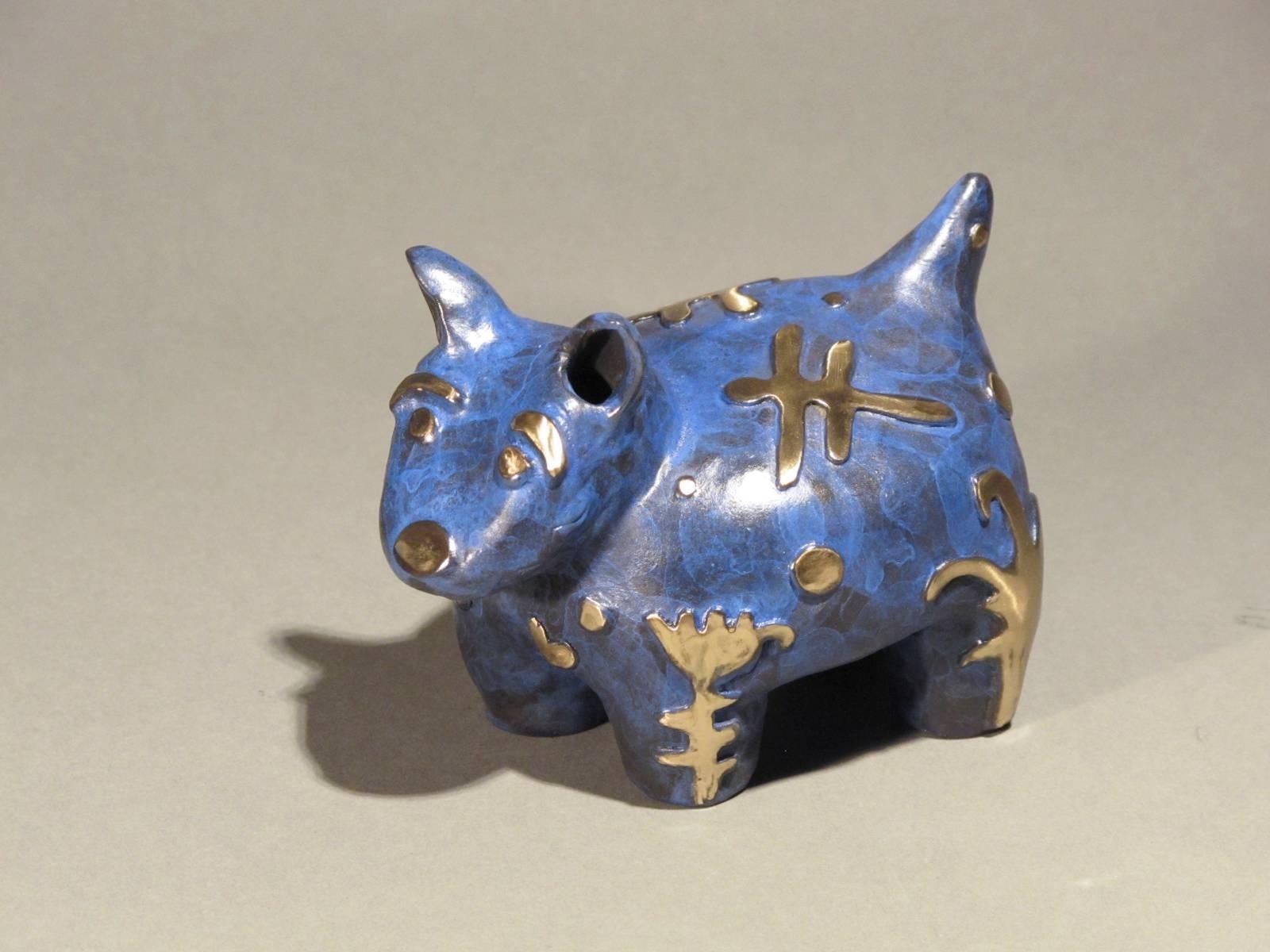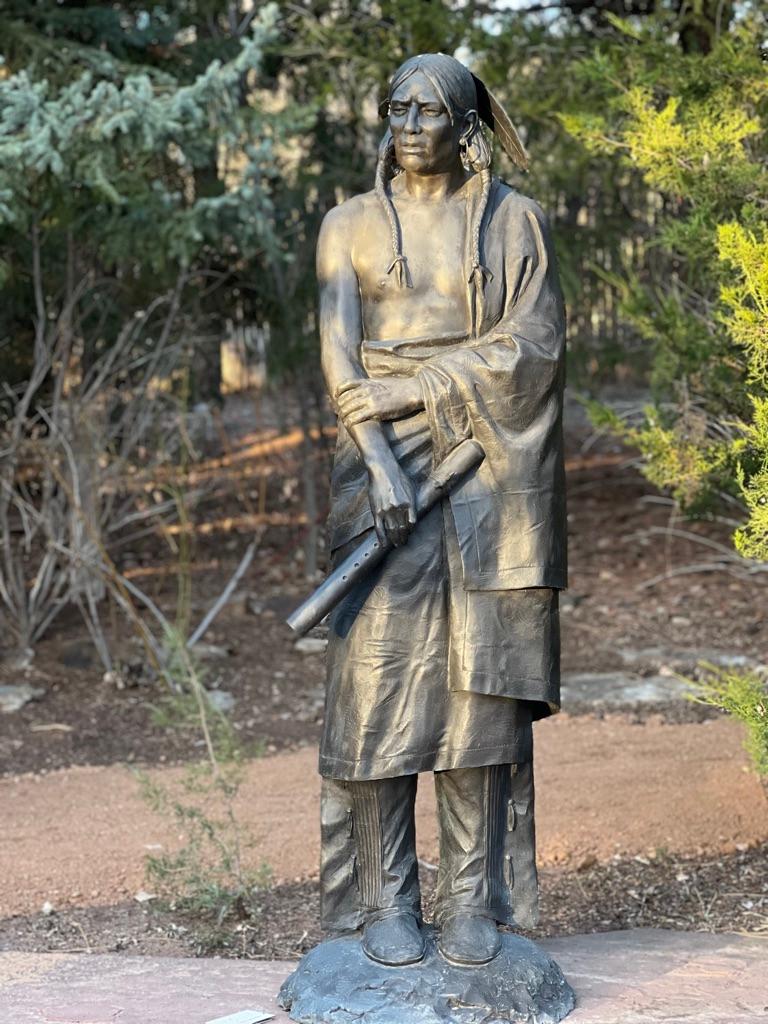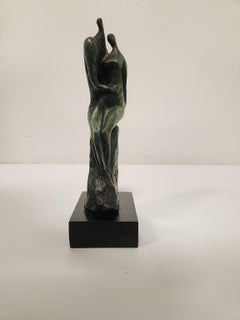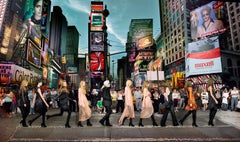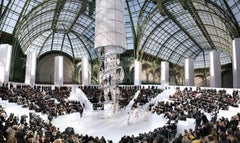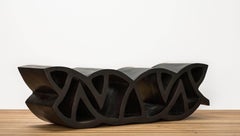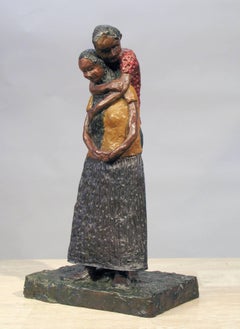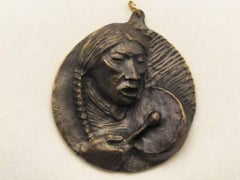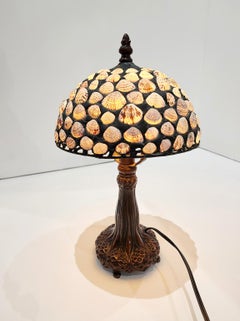
14-inch high signed Richard Hoosin Studio Cockle Shell three-way LED Table Lamp
View Similar Items
Want more images or videos?
Request additional images or videos from the seller
1 of 5
Richard Hoosin14-inch high signed Richard Hoosin Studio Cockle Shell three-way LED Table Lamp1998
1998
Price:$200
About the Item
- Creator:Richard Hoosin (1944, American)
- Creation Year:1998
- Dimensions:Height: 14 in (35.56 cm)Width: 8.25 in (20.96 cm)Depth: 8.25 in (20.96 cm)
- Medium:
- Movement & Style:
- Period:
- Condition:
- Gallery Location:Boca Raton, FL
- Reference Number:1stDibs: LU1554211544222
About the Seller
5.0
Recognized Seller
These prestigious sellers are industry leaders and represent the highest echelon for item quality and design.
Established in 1979
1stDibs seller since 2021
90 sales on 1stDibs
Typical response time: 10 hours
Authenticity Guarantee
In the unlikely event there’s an issue with an item’s authenticity, contact us within 1 year for a full refund. DetailsMoney-Back Guarantee
If your item is not as described, is damaged in transit, or does not arrive, contact us within 7 days for a full refund. Details24-Hour Cancellation
You have a 24-hour grace period in which to reconsider your purchase, with no questions asked.Vetted Professional Sellers
Our world-class sellers must adhere to strict standards for service and quality, maintaining the integrity of our listings.Price-Match Guarantee
If you find that a seller listed the same item for a lower price elsewhere, we’ll match it.Trusted Global Delivery
Our best-in-class carrier network provides specialized shipping options worldwide, including custom delivery.More From This Seller
View All"Pair of Lovers" 9.25" bronze sculpture on wooden base by Moshe Sternschuss
Located in Boca Raton, FL
"Pair of Lovers" bronze sculpture on wooden base of male and female seated figures by artist Moshe Sternschuss. Signature Sternschuss and edition number 153/200 inscribed on side of ...
Category
20th Century Contemporary Figurative Sculptures
Materials
Bronze
"Karl Lagerfeld in Times Square, Editorial for Harper's Bazaar 2006, NYC"
By SIMON PROCTER
Located in Boca Raton, FL
"Karl Lagerfeld in Times Square, Editorial for Harper's Bazaar 2006, NYC" color C-print by fine art fashion photographer Simon Procter depicts Karl Lagerfeld and models. Shot for a "...
Category
Early 2000s Contemporary Figurative Photography
Materials
Metal
"Chanel The Tower, Fall/Winter 2004, Le Grand Palais, Paris" C-print by Procter
By SIMON PROCTER
Located in Boca Raton, FL
"Chanel The Tower, Fall/Winter 2004, Le Grand Palais, Paris" color C-print by fine art fashion photographer Simon Procter depicts Karl Lagerfeld and mo...
Category
Early 2000s Contemporary Figurative Photography
Materials
Metal
"Chanel Beach, Spring/Summer 2019, Le Grand Palais, Paris" Simon Procter C-print
By SIMON PROCTER
Located in Boca Raton, FL
"Chanel Beach, Spring/Summer 2019, Le Grand Palais, Paris" color C-print by fine art fashion photographer Simon Procter depicts Karl Lagerfeld waving t...
Category
2010s Contemporary Figurative Photography
Materials
Metal
Immortal Flower V painted stainless steel wall sculpture by artist Gloria Kisch
By Gloria Kisch
Located in Boca Raton, FL
Painted stainless steel flower wall sculpture by artist Gloria Kisch.
Category
2010s Contemporary Sculptures
Materials
Stainless Steel
"Laughing Sisters" by R. C. Gorman signed bronze sculpture on wooden base
By R.C. Gorman
Located in Boca Raton, FL
"Laughing Sisters" bronze sculpture on wooden base by artist R. C. Gorman. Signed R.C. Gorman, dated '81 and annotated E.P.I. near base. Artist's proof Edition Press Impression aside...
Category
1980s Tribal Figurative Sculptures
Materials
Bronze
You May Also Like
Sin Título
By Victor Guadalajara
Located in Cuernavaca, Morelos
Mexican contemporary art, geometric, abstract, unique piece.
Category
2010s Contemporary Abstract Sculptures
Materials
Bronze
Con Amor by Eduardo Oropeza bronze, embracing couple, multi-colored patina
By Eduardo Oropeza
Located in Santa Fe, NM
Con Amor by Eduardo Oropeza bronze, embracing couple, multi-colored patina limited bronze edition 25
Sculptor, painter, printmaker, & photographer, Eduardo Oropeza remains a command...
Category
1990s Contemporary Figurative Sculptures
Materials
Bronze
Apache Mountain Spirit Dancer 1, bronze sculpture, multicolored patina Goseyun
By Craig Dan Goseyun
Located in Santa Fe, NM
Apache Mountain Spirit Dancer 1, bronze sculpture, multicolored patina Goseyun
cast and fabricated bronze sculpture depicting an Apache Mountain Spiri...
Category
1990s Contemporary Figurative Sculptures
Materials
Bronze
Plains Drummer medallion bronze by Allan Houser Apache
By Allan Houser
Located in Santa Fe, NM
Plains Drummer medallion bronze by Allan Houser Apache
Bronze medallion by Allan Houser
Plains Indian drummer
Category
1980s Contemporary More Art
Materials
Bronze
Standing Apache Drummer, bronze sculpture, Allan Houser, solid cast, Nambe
By Allan Houser
Located in Santa Fe, NM
Allan Houser (Haozous), Chiricahua Apache 1914-1994 recipient of the National Medal of Arts in 1992. Allan Houser's father Sam, was part of the small band of Apaches who traveled wit...
Category
1970s Contemporary Figurative Sculptures
Materials
Bronze
Abstract Geometric, small abstract bronze, dark brown patina, life cast, marble
By Allan Houser
Located in Santa Fe, NM
Abstract Geometric, small abstract bronze, dark brown patina, life cast, marble
limited edition
Allan Houser (Haozous), Chiricahua Apache (1914-1994)
Selec...
Category
1980s Contemporary Abstract Sculptures
Materials
Marble, Bronze
Recently Viewed
View AllMore Ways To Browse
King Kong Sculpture
Oaxaca Textile
Cartoon Celluloid
Harley Vintage Art
Tweety Warner Bros
Pop Art Joker
Tweety Bird
Buster Brown
Walt Disney Production Drawing
Joker Painting
Vintage Devil Drawing
Tweety Bird Vintage
Art Specialty Company Chicago
Catherine Wheel
Looney Bird
Zoran Music
Disney Celluloid
Phoenix Rising From Ashes
